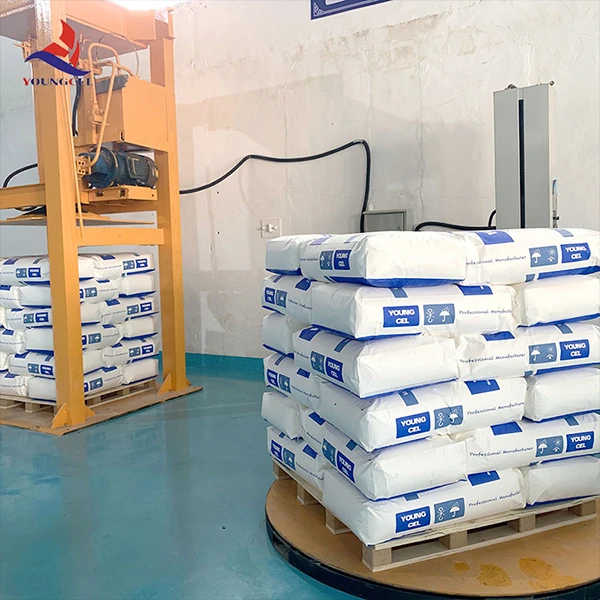The Role of HPMC Cellulose in Modern Applications
Hydroxypropyl methylcellulose (HPMC) is a versatile, non-ionic cellulose ether that has gained significant attention in various industries due to its unique properties and functionalities. Derived from natural cellulose, HPMC has undergone chemical modifications to enhance its performance, making it a popular choice in pharmaceuticals, food, construction, and personal care products.
The Role of HPMC Cellulose in Modern Applications
In the food industry, HPMC serves multiple functions, primarily as a thickening agent and stabilizer. It is often used in sauces, dressings, and dairy products to improve texture and mouthfeel. As a plant-based ingredient, it appeals to consumers seeking vegetarian and gluten-free options. Furthermore, HPMC aids in moisture retention, thereby prolonging the shelf life of various food products.
hpmc cellulose

The construction sector also benefits from HPMC's remarkable properties. It is commonly incorporated into cement-based materials, enhancing the workability and adhesion of mortars and plasters. HPMC not only improves the spreadability of these materials but also facilitates better water retention, which is crucial for proper curing and strength development. As a result, HPMC has become an essential additive in modern construction practices, contributing to the durability and performance of building materials.
In personal care products, HPMC is revered for its thickening and film-forming capabilities, which enhance the texture of lotions, shampoos, and gels. It is often used in cosmetic formulations to provide a smooth, luxurious feeling on the skin and improve the overall stability of the product. Additionally, its non-toxic and biodegradable nature aligns with the growing trend towards sustainable and eco-friendly personal care solutions.
Despite its many advantages, it’s important to consider the regulatory aspects of using HPMC in various applications. The Food and Drug Administration (FDA) recognizes HPMC as a generally recognized as safe (GRAS) substance, and it has been approved for use in food and pharmaceutical products. However, manufacturers must adhere to stringent quality control standards to ensure product safety and efficacy.
In conclusion, hydroxypropyl methylcellulose is a multifaceted compound that plays a vital role in a wide array of industries. Its unique properties, including water solubility, thickening ability, and film-forming capacity, make it an invaluable ingredient in pharmaceuticals, food, construction, and personal care. As industries continue to innovate and evolve, the demand for HPMC is likely to grow, driven by its effectiveness and sustainability.




